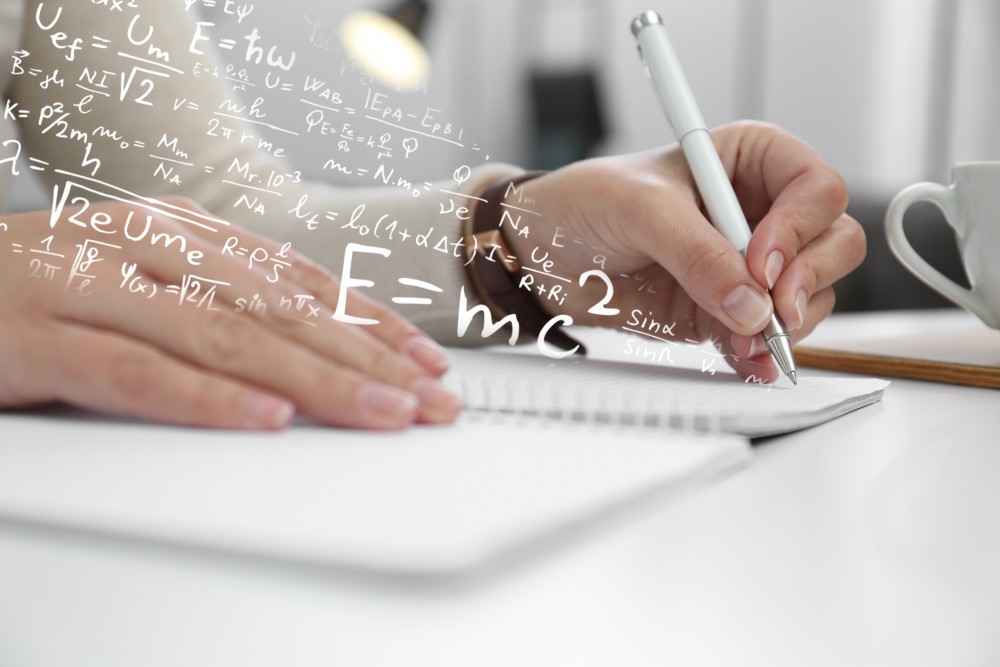Mathematics in satellite navigation

Introduction
Mathematicians are increasingly sought-after by companies, mainly due to the rise of artificial intelligence, whose models and techniques have a strong mathematical basis. But deep mathematics also plays a role in lesser-known fields that are equally ubiquitous in our daily lives. Navigation, being developed at GMV, is one example. To understand how mathematics is applied to problems, I’ll give specific examples from the navigation field in this article.
The main goal in navigation is to provide users with the means to determine their position, velocity, and timing in real-time. One effective way to achieve this is by using satellites. There are several global navigation satellite systems (GNSS), such as the United States’ GPS, Europe’s Galileo, Russia’s GLONASS, and China’s BeiDou, all based on the same principle: a user anywhere on the planet equipped with a suitable device can determine their position, velocity, and timing (PVT) based on measurements of the distances between them and at least four of these satellites, whose positions are known.
Some examples of problems and methods used to solve them
Position determination
The main goal is for the user’s device to determine its position, velocity, and timing (PVT) using GNSS signals and/or combining these signals with information from other sensors, such as barometers, magnetometers, odometers, inertial sensors, or optical sensors. The methods used for this purpose are mainly linear and nonlinear optimization methods such as least squares, Gauss-Newton methods, and Kalman filters.
Some applications with high accuracy requirements (such as autonomous vehicles) require what is known as integer ambiguity resolution, an optimization problem on point grids with integer coordinates.
Orbit determination
To calculate PVT, the user needs to have accurate knowledge of the position and timing of the satellites at all times. Each GNSS system deploys a network of ground stations whose observations keep extremely accurate orbit and clock estimates up to date. This problem can be understood as an “inverse PVT,” in which the position, velocity, and timing of each satellite are calculated using the same distance measurements and the known positions and clocks of the ground stations. Although the methods used are similar to those of the PVT calculation, the accuracy requirements introduce greater complexity, especially in the models of the physical phenomena involved.
Solution integrity
Increasingly, different user communities (aviation, autonomous vehicles, rail and maritime transportation) are demanding a reliable estimate of the quality (referred to as “integrity”) of their PVT solutions. This requires an in-depth use and knowledge of statistical techniques, concepts, and models. The use of Bayesian inference techniques is particularly frequent, with different population models (normal distribution, Student’s t-distribution, Beta distribution...) used depending on the specific problem.
These are just a few examples of the many problems that are covered in navigation.
Mathematician profiles
So, who are the people on the teams solving these problems? And what are the instruments they use to carry out their work?
First, there are senior professionals with 10–20 years of experience in navigation, including mathematicians and people from other disciplines with advanced mathematical knowledge (physicists and engineers). These senior figures devise the solutions; they’re the ones who understand the problems in depth and have the necessary background to suggest approaches to solving them. Of course, young mathematicians, who are in abundance lately (and isn’t that a good thing!) bring a breath of fresh air and new approaches to solving problems.
As for tools, there’s nothing like pen and paper to get started. I know this firsthand. On several occasions I have been able to see my colleagues’ stacks and stacks of papers covered in formulas. Another trusty companion is Matlab, used to easily perform simulations based on what has already been shown on paper or to anticipate possible solutions. And the software development team, whose members transform ideas into software modules that can be integrated into navigation systems, is every bit as important.
Conclusions
In this article, we’ve looked at some of the navigation problems we solve at GMV, along with the methods or areas of mathematics needed to solve them and the people who do this work. It should be noted that most solutions are created in-house and are not simply based on well-known scientific papers; rather, they bring new ideas to the table. The ingenuity of the teams involved in designing the algorithms behind the solutions we provide creates added value that would not be possible without their strong mathematical background.
In conclusion, there is currently a pressing need for deep mathematics in Spanish companies, not only to solve artificial intelligence problems, but also to address other topical technology issues, such as those we have seen in the previous paragraphs.
I encourage all those interested in enjoying mathematics as part of their professional careers to look for a place in their company where this discipline can contribute extraordinary value.
Note: I would like to thank the following colleagues for their contributions to this article: Miguel Azaola, Pedro Navarro, and Esther Sardón.
Author: Daciana Bochis